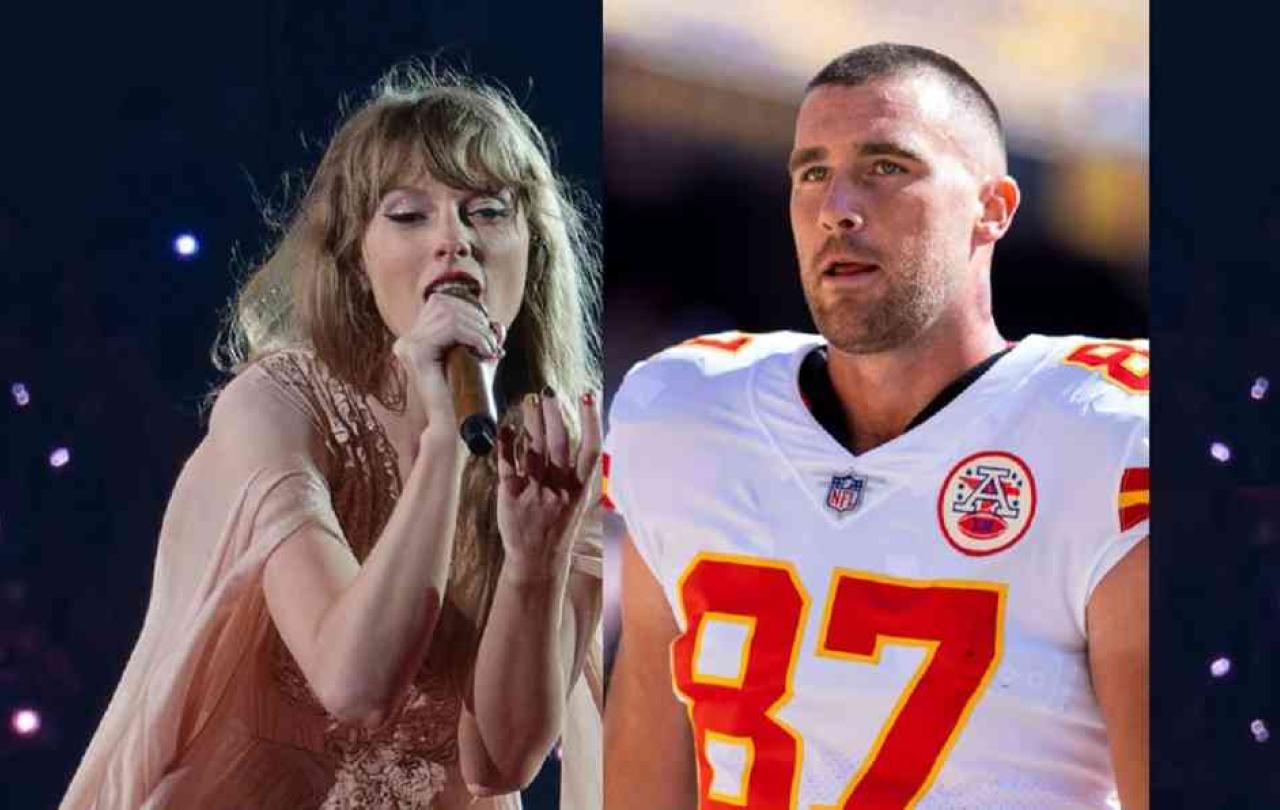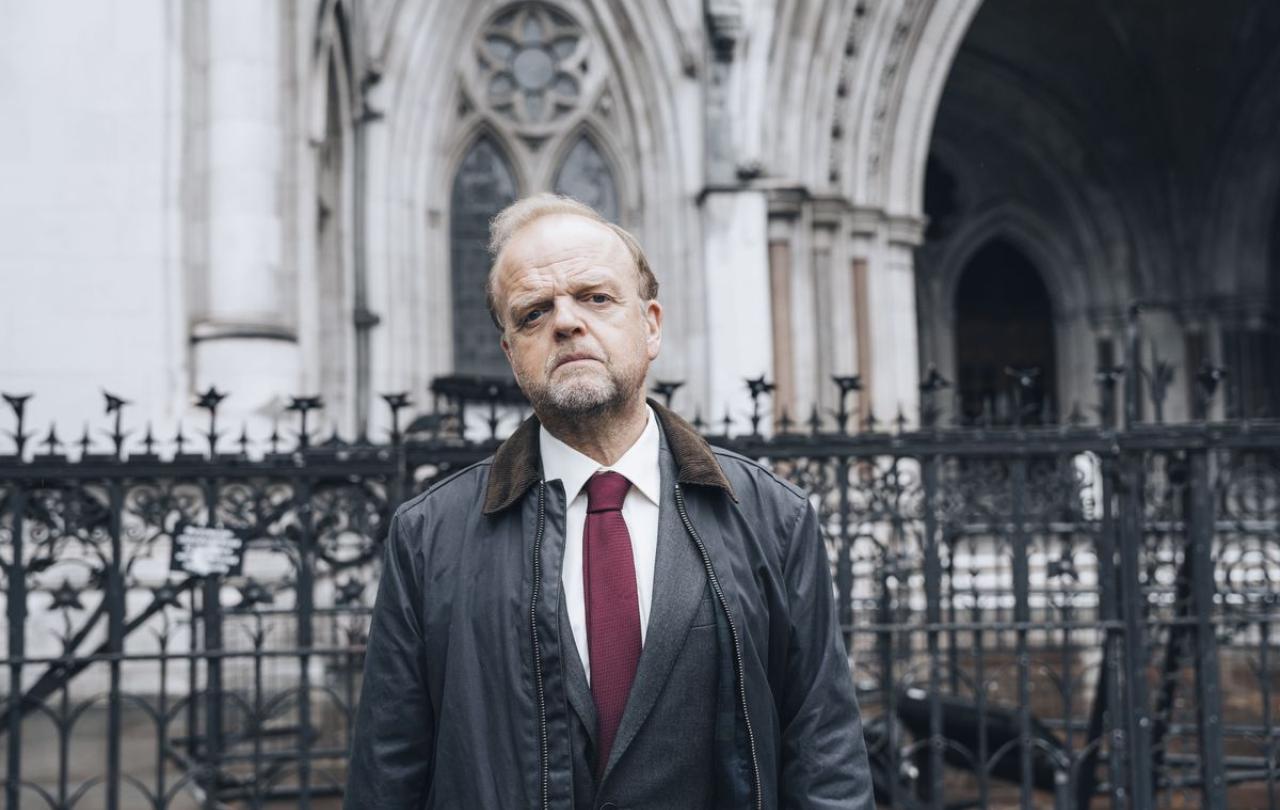The Government has promised to hold to account those responsible for the scandal. Perhaps the roving searchlight of the inquiry will succeed in identifying the human culprits? In the meantime, executives and politicians are scrambling over themselves to deny responsibility, typified by the response of Sir Ed Davey who has taken the art of the non-apology to a new level. The honourable exception, among the political class, is Lord Arbuthnot who as an MP was both tireless and fearless in campaigning for justice for the sub-postmasters.
Why is this failure of leadership such an effrontery to us? Because we instinctively recognise that leadership is not about lording it over others, hiding behind other people’s decisions or passing the buck, it is about taking responsibility. In practice we do not live by the philosophy presented by Glaucon in Plato’s Republic, that justice is whatever is in the interest of the stronger party. Nor are we willing to live in a Darwinian world where in the struggle for supremacy there is no need for the powerful to look out for the weak simply because they are powerful.
There is a fascinating moment in the story of Moses in the book of Exodus when he notices an Egyptian official beating one of the Israelite slaves. He sees that no one else is willing to intervene and he gets involved, at some personal risk, and in so doing marks himself out as a leader.
Leadership is born when we become active not passive, when we decide that something is wrong and we need to take steps to put it right. These are the people who make the world a better place because doing nothing, though it may not be illegal, is not morally neutral. Failing to act to prevent a wrong does not simply leave a vacuum, it gives permission for evil to flourish. Or as Burke put it “The only thing necessary for the triumph of evil is for good people to do nothing.”
Alan Bates could have resigned himself to his fate, but instead has doggedly pursued justice for 20 years.
We all long for leaders who will lead responsibly and not out of self-interest, who will not turn a blind eye to the suffering of the powerless or blame others when asked to explain why they did nothing.
This is especially so in the church which holds itself to a higher standard and should know better. The ITV series quite deliberately dwells on the fact that Paula Vennells was, as well as being CEO of the Post Office, ordained in the Church of England.
The truth matters
Key to the success of the sub-postmasters case was the ability to get to the truth, a task made very difficult by the fact that the Post Office held all the records needed to prove that it was the Horizon system, not the sub-postmasters, that was at fault.
Being able to determine the truth of a matter is essential to how we lead our lives, and especially in matters of justice. The version of events presented by the Post Office turned out to be false, but once this false version was on record, the reputations of otherwise upstanding pillars of local communities were destroyed overnight. The public shame and the human cost of being cruelly and wrongly labelled a liar and thief is powerfully brought home by the TV series, as is the relief of vindication.
We do not in reality live our lives in a postmodern universe where truth is seen as relative (Oprah’s infamous “What is your truth?” moment), or nothing more than a claim to power. We know on a daily basis the power of the truth to set us free, from false accusations or a guilty conscience, and how much it stinks when we are deceived - especially when it is by the powerful.
A lack of integrity
During the Cold War, there was a running joke that the best indicator of whether a country operated as a one-party state was whether it had the word “Democratic” in its name.
We have become used to the same kind of dissonance between image and reality, whether it is the smiley telegenic people in a company’s glossy videos (actors? library footage?) or an impossibly worthy values statement.
I was once part of group of employees invited to revamp our employer’s declared values. We were presented with a set of aspirational statements that described a culture that was akin to the Garden of Eden and a working environment that bore no relation to the reality. When I pointed this out, I was not invited back.
In public Paula Vennells was insistent that the Post Office cared about its people while out of the spotlight those people were being horribly mistreated.
It isn’t always so, but how can so many organisations live with such glaring contradictions? Or is it that boards become so disconnected, by geography or otherwise, from the organisations they run and the cultures they preside over that they actually believe the image over the reality?
"Computer says no"
One of the more terrifying issues raised by the Post Office scandal is how the principle of the presumption of innocence was abandoned. How come the testimony of hundreds of innocent people was rejected in favour of a faulty computer system’s data?
Part of the problem is that the English courts regard computer records as reliable unless the defendant can show otherwise. Since 1999, the burden of proof - and with it the presumption of innocence – has effectively been reversed: the defendant is guilty unless he can show that the computer records implicating him are wrong.
The notion that we cannot challenge a computer that “Says No” is a real problem. As the Post Office scandal shows, computer software is often riddled with bugs. After all, it is written by fallible human programmers. It also became clear that the Horizon system’s data could be manipulated remotely - and without the knowledge of the sub postmasters.
To assume that computer generated evidence is infallible is a very dangerous assumption in a world increasingly dominated by machines and, more recently, artificial intelligence.
A very human story
The sub-postmasters in the Post Office case were not machines or assets. The ITV drama succeeded in doing what no legal or investigative process can adequately do, it humanised the victims. Despite all the PR talk about caring for its people, the Post Office only cared about its own reputation, and in the process of trying to save itself lost its humanity and its reputation.
The drama successfully stripped away all the lifeless procedural, technical and legal terminology to reveal a very simple, devastatingly human story that needed to be told. In Alan Bates’ words: “the Post Office stole my livelihood, my shop, my job, my home, my life savings and my good name”.
This Post Office story has struck a chord because it reminds us of is what is increasingly missing in public life - leadership, accountability, respect for the truth, integrity and humanity.
Watching the ITV drama, I was frequently moved to tears and cheered at the end. We root for the victims out of solidarity, as if we ourselves had been wronged.
The Christian understanding of sin identifies it as a public not a private matter, as it infects the whole body politic. This is why the case name given to a crime is “R (that is, the state) v X”. There are certain wrongs which are so serious they are considered to be offences against the whole community, not just the individual victim.
The Post Office saga is a parable of our times. It tells a story of a society whose elites have become dangerously detached from principle and deaf to the concerns of ordinary people. It will not go away any time soon. The moment of true catharsis, if it comes, will be when our institutions and leaders have earned back our trust.
The last word goes to the book of Proverbs:
When good people run things, everyone is glad, but when the ruler is bad, everyone groans.






